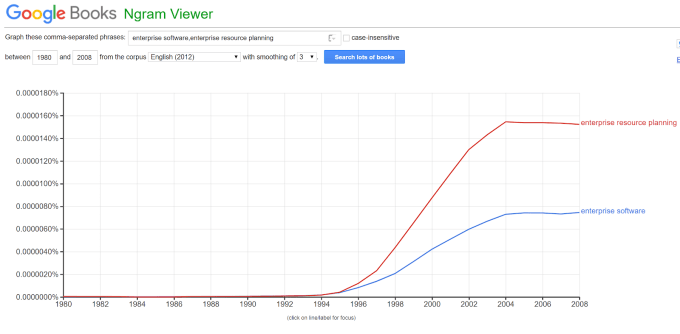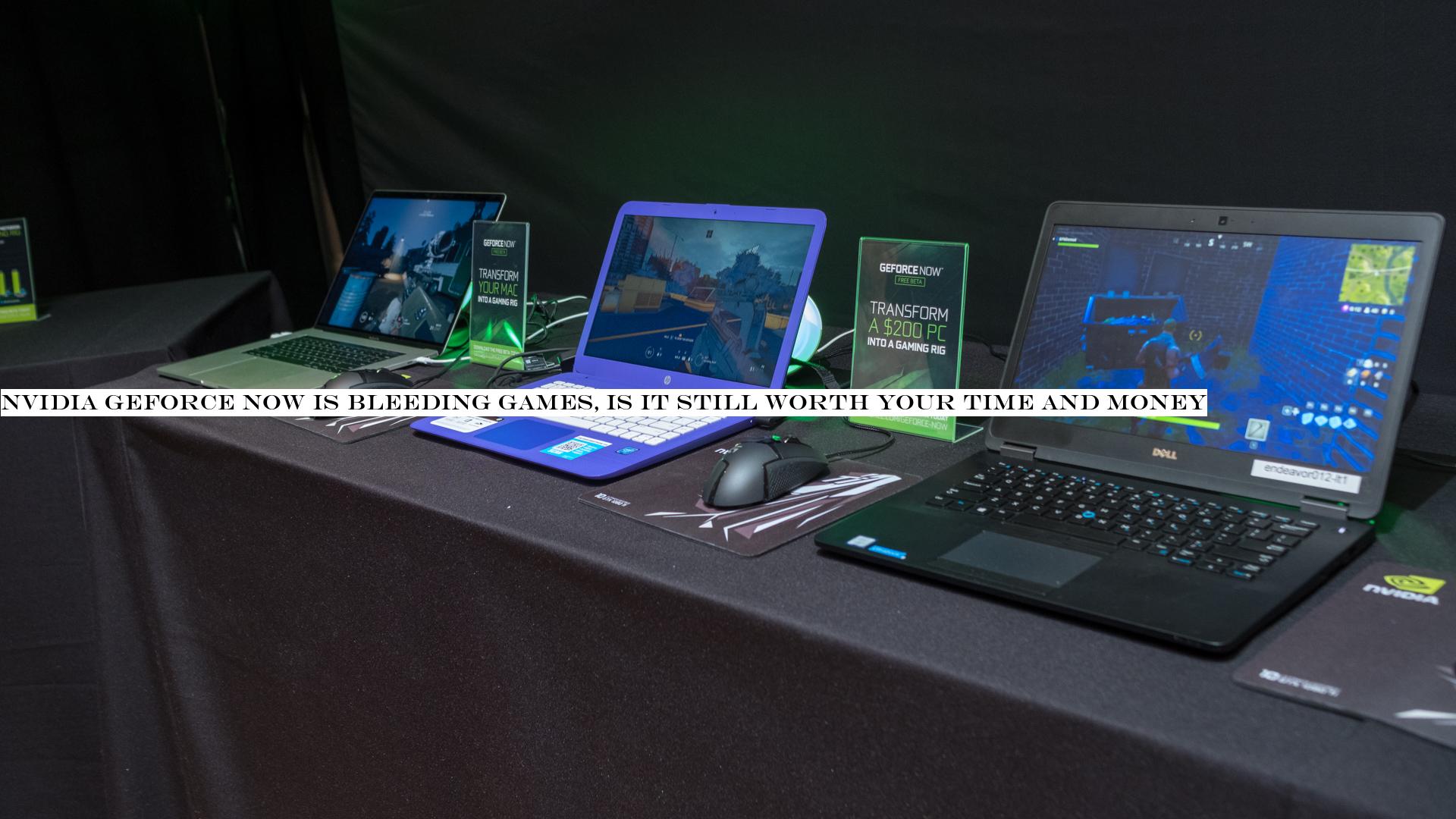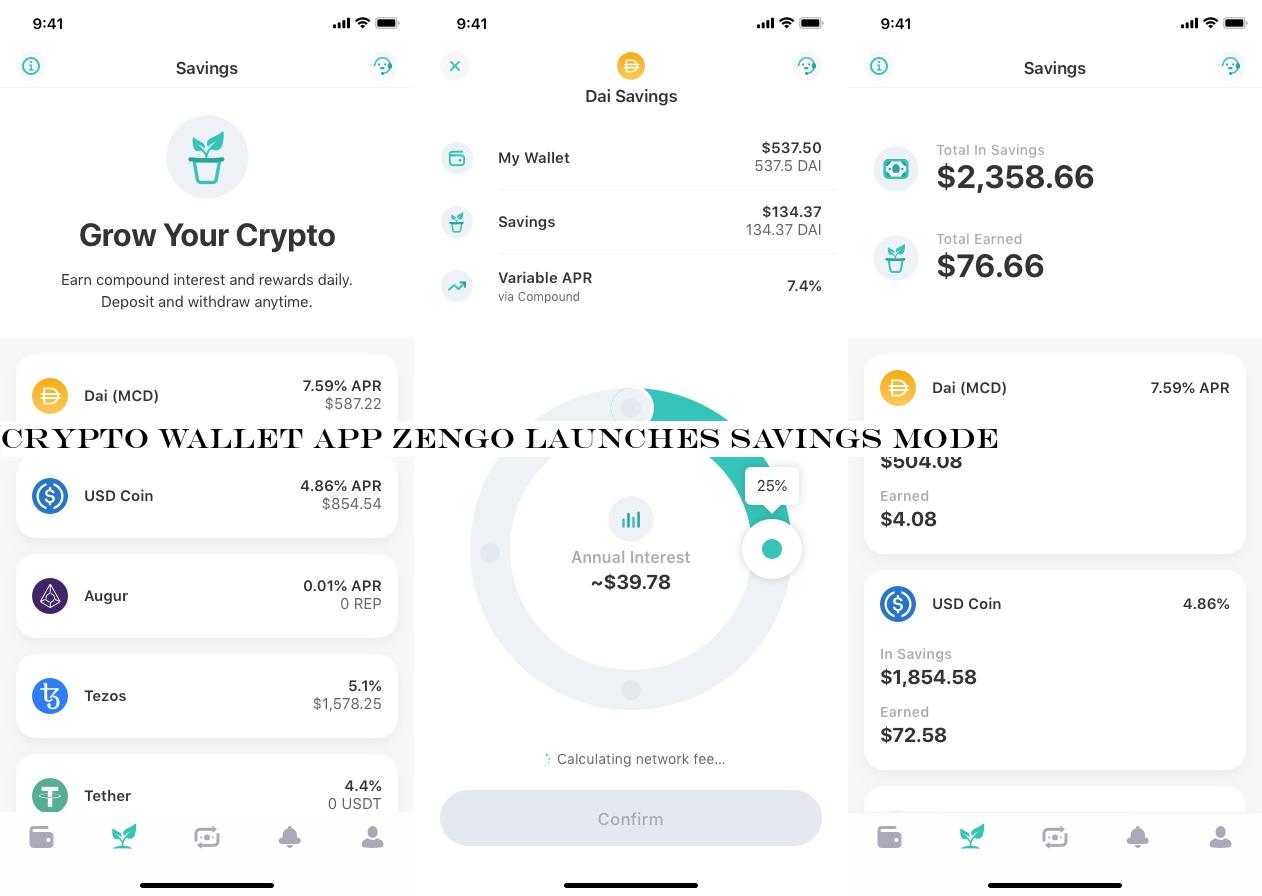Music
Trailers
DailyVideos
India
Pakistan
Afghanistan
Bangladesh
Srilanka
Nepal
Thailand
StockMarket
Business
Technology
Startup
Trending Videos
Coupons
Football
Search
Download App in Playstore
Download App
Best Collections
Technology
If you were a software company employee or venture capitalist in Silicon Valley before 1993, chances are you were talking about &Information Systems Software& and not &Enterprise Software.& How and why did the industry change its name?
The obvious, but perplexing answer is simple — &Star Trek: The Next Generation.&
As befuddling and mind-numbingly satisfying as it is to your local office Trekkie, the industry rebranded itself thanks to a marketing campaign from the original venture-backed system software company,Boole - Babbage(now BMC software).
While the term &Enterprise& was used to describe complex systems for years before 1993, everything changed when Boole - Babbage signed a two-year licensing agreement with the then-highest-rated show in syndication history to produce an infomercial.
Star Trek fans have been talking about this crazy marketing agreement for years, and you can read the full details about how it was executed in TrekCore. But even Trekkies don&t appreciate its long-term impacts on our industry. In this license agreement with Paramount, Boole - Babbage had unlimited rights to create and distribute as much Star Trek content as they could. They physically mailed VHS cassettes to customers, ran magazine ads and even dressed their employees as members of Starfleet at trade shows. Boole - Babbage used this push to market itself as the &Enterprise Automation Company.&
Commander Riker says in the infomercial, &just as the bridge centralizes the functions necessary to control the USS Enterprise, Booleproducts centralize data processing information to allow centralized control of todaycomplex information systems.& This seemed to scratch an itch that other systems companies didn&t realize needed scratching.
Not to be outdone, IBM in 1994 rebranded their OS/2 operating system &OS/2 Warp,& referring to Star Trek&warp drive.& They also tried to replicate Babbagelicensing agreement with Paramount by hiring the EnterpriseCaptain Picard (played by actor Patrick Stewart) to emcee the product launch. Unfortunately, Paramount wouldn&t play ball, and IBM hired Captain Janeway (played by actress Kate Mulgrew) from Star Trek: Voyager instead. The licensing issues didn&t stop IBM from also hiring Star TrekMr. Spock (played by actor Leonard Nimoy) to tape a five-minute intro to the event:
Outside of OS/2, IBM1994 announcement list included 13 other &enterprise& initiatives. Soon, leading software companies began to rebrand themselves and release products using the term &enterprise software& as a valuable identifier. MRP software makers like SAP and Baan began embracing the new &Enterprise& moniker after 1993 and in 1995, Lotus rebranded itself as an &Enterprise Software Company.&
&Enterprise& was officially the coolest new vernacular and after industry behemoth IBM bought Lotus in 1996, they incorporated &Enterprise& across all of their products. And while Gartner1990 paper &ERP: A Vision of the Next-Generation MRP II& by Wylie is the technical birth of ERP software, no one cared until Commander Riker told Harold to &monitor your entire Enterprise from a single point of control.& The ngram numbers don&t lie:

Almost 30 years later, we live in a world in which business is run on enterprise software and the use of the term is ubiquitous. Whenever I see a software business plan come across my desk or read an article on enterprise software, I can&t help but give Commander Riker a little due credit.
- Details
- Category: Technology Today
Read more: How the information system industry became enterprise software
Write comment (97 Comments)
Nvidia GeForce Now hit the streets like a month ago, and in what was a surprise to literally no one, it is the best game streaming service on the market right now. It's not without its flaws, though.
For starters, it seems like all kinds of developers are suddenly pulling their games from the service, from AAA heavy hitters like Bethesda to Indie
- Details
- Category: Technology Today
Read more: Nvidia GeForce Now is bleeding games, is it still worth your time and money
Write comment (92 Comments)We are reading the penultimate short story in Ted Chiang collection Exhalation. Omphalos questions what it means to believe: in our world, in alternative worlds, and in ourselves. Given that beliefs are crucial to everything we do in innovation and science, I thought the theme deeply dovetailed with a lot of what TechCrunch readers care about. I&m excited to talk about it more.
Tomorrow, I will post analysis on the final short story, Anxiety is the Dizziness of Freedom as well as some concluding thoughts now that we have cycled through all the short stories in this collection. What a journey!
Some further quick notes:
- Want to join the conversation? Feel free to email me your thoughts at This email address is being protected from spambots. You need JavaScript enabled to view it. (we got a real email address!) or join some of the discussions on Reddit or Twitter (hashtag TCBookClub)
- Follow these informal book club articles here: https://techcrunch.com/book-review/. That page also has a built-in RSS feed for posts exclusively in the Book Review category, which is very low volume.
- Feel free to add your comments in our TechCrunch comments section below this post.
Reading Omphalos
Most of the stories in Exhalation have been pieces of deep imagination, filled with worlds that, while tethered to our experience on Earth, remain quite distant to it. Omphalos feels quite different: it very much is our world, but refracted just slightly at every point.
Chiang signals this to the reader right from the beginning, noting that the narrator is traveling to &Chicagou,& a city that is obviously recognizable to us, but just slightly off from our expectations. And indeed, as the story progresses, we learn that everything in the sciences are just a bit different from what we presume. Scientific discoveries that have happened in our world have yet to happen in this story (the discovery of DNA, for instance), while exciting fields in our world today like astronomy are essentially complete, with no further innovation to come.
The storycentral tension is between faith and science, but the tweaks that Chiang edits into this speculative world force us to observe our own world with new insight. The development of science as a human practice was highly contentious in our history, with Galileo and the fight over heliocentrism being one of many battlefields fought over the centuries.
In this story though, science isn&t at war with religion, but in fact provides a path to deepening devotion to belief, undergirding the pursuit of purpose in a world of mystery. Our narrator, an archaeologist, describes why she does her work, and why the single miraculous creation of the human race is so important to belief.
I asked them to imagine what it would be like if we lived in a world where, no matter how deeply we dug, we kept finding traces of an earlier era of the world … then I asked, wouldn&t they feel lost, like a castaway adrift on an ocean of time? … this is why I am a scientist: because I wish to discover your purpose for us, Lord.
Indeed, the Earth itself is the very creation of God, and therefore is studied with an intensity that we would find unusual, while astronomy and the exploration of the celestial world is relegated to the side.
I admit, Lord, that I&ve never had much regard for astronomy; it has always struck me as the dullest of the sciences. The life sciences are seemingly limitless; every year we discover new species of plants and animals and gain a deeper appreciation of your ingenuity in creating the Earth. By contrast, the night sky is just so finite. All five thousand eight hundred and seventy-two stars were cataloged in 1745, and not another has been found since then.
Chiang has pulled a bit of a legerdemain — we are more interested in the possibilities beneath our feet, rather than what floats above us in the skies.
That setup delivers the storymain thrust: an astronomer has discovered that another planet elsewhere in the galaxy is actually the stationary point of the entire universe, which means that Earthorbit around the sun demonstrates not intelligent design or a message of purpose, but rather pure nihilism. It likely serves no purpose at all.
Chiang refracts our massive historical conflict over heliocentrism, and in so doing forces us to confront the true challenges of modern life. The astronomerdiscovery forces our seemingly devout narrator to question her own faith — not in religion, but actually in science. For if conducing scientific experiments was about finding purpose in life, why should we continue doing them when we know they don&t have a purpose at all?
The title of the story, Omphalos, comes from Greek mythology and symbolizes the navel of the world, or the place where the world is centered on. The astronomerdiscovery dissolves what we thought was the Omphalos — Earth — and prods us to search for a new point to center us and our lives.
Our narratorloss of faith causes her to stop praying and live in a cabin for a few months, but she ultimately comes to the conclusion that the openness of choice around these events is actually empowering for humans, forcing us to confront our own actions and realize we have agency over them.
If we had no evidence for the miracle of creation, we might think physical law was sufficient to explain every phenomenon in the cosmos, leading us to conclude that our own minds were nothing more than natural processes. But we know that there is more to what we observe than physical law can encompass; miracles happen, and human choices are surely among them.
Chiang isn&t critiquing religion or believers, but rather those rationalists who believe deeply in the thesis that we are bags of atoms pre-destined to make the choices we already have made at conception. Ita relatively oblique critique, one only really brought into relief in the storyclosing paragraphs.
Earlier in the story, our narrator asks God, &Let me always be inquisitive, but never be suspicious.& Thatultimately a comment about cynicism and nihilism, that the purpose to everything is nothing and useless. Even in a secular world, there is meaning in every action and reaction, and physics doesn&t determine how we approach our lives. With refractive lenses, we can see that we are each our own Omphalos, architecting the meaning of what we observe.
Reading Anxiety is the Dizziness of Freedom
As you read the final short story in Exhalation, here are some questions to think about:
- Would you use a prism? Who would you talk to on the other side? What would you want to know?
- What does the short story say about envy and empathy? Are we destined to constantly compare ourselves to others?
- Is having more information about our alternatives better or worse for us? Is there a path of contentment through more information?
- Do we need role models to redeem ourselves?
- What does the story say about choice and predestination?
- Details
- Category: Technology Today
Read more: What is the purpose of belief in a world of innovation
Write comment (97 Comments)The 2020 NBA playoffs are now just around the corner, but before we get to April and then eventually to June's NBA finals, there's plenty of regular season action still to be played. Follow our guide and you can watch an NBA live stream online no matter wherever you are - there are even some legit free NBA live stream options for basketball fans
- Details
- Category: Technology Today
Read more: NBA live stream: how to watch every game online in 2020 from anywhere
Write comment (94 Comments)ZenGo is expanding beyond the basic features of a cryptocurrency wallet —letting you hold, send and receive crypto assets. You can now set aside some of your crypto assets to earn interests. In other words, ZenGo now also acts like a savings account.
The company has partnered with two DeFi projects for the new feature. DeFi means &decentralized finance&, and it has been a hot trend in the cryptocurrency space. DeFi projects are the blockchain equivalent of traditional financial products. For instance, you can lend and borrow money, invest in derivative assets and more.
If you want to learn more about DeFi, herean article I wrote on the subject:
But letcome back to ZenGo. When you have crypto assets in your ZenGo wallet, you can now open the savings tab, pick an asset, such as Dai, and select what percentage of your holdings you want to set aside.
After that, all you have to do is wait. You get an overview of your savings &accounts& at any time. This way, you can see your total earned interests. Interests are automatically reinvested over time. You can move your money from those DeFi projects back to your wallet whenever you want.

Behind the scene, ZenGo uses the Compound protocol, a lending DeFi project. It works a bit like LendingClub, but on the blockchain. Some users send money to Compound to contribute to liquidity pools. Other users borrow money from that pool.
Interest rates go up and down depending on supply and demand. Thatwhy you currently earn more interests when you inject DAI or USD Coin in Compound. But that could change over time.
ZenGo also uses Figment in order to stake Tezos. This time, it isn&t a lending marketplace. When you lock some money in a staking project, it means that you support the operations of a particular blockchain. Few blockchains support staking as they need to be based on proof-of-stake.
For the end user, it looks like a savings account whether you&re relying on Compound or Figment. There are other wallet apps that let you access DeFi projects, such as Coinbase Wallet and Argent. But ZenGo thinks they&re still too complicated for regular users.
- Details
- Category: Technology Today
Read more: Crypto wallet app ZenGo launches savings mode
Write comment (91 Comments)A pivotal Serie A clash is back on today, having been initially postponed due to the coronavirus - read on for your guide to getting a Juventus vs Inter Milan live stream.
As the match is being played being closed doors, it's one of the few options there is to watch Juve vs Inter - and what a fascinating clash it is. Juventus have not yet lost on
- Details
- Category: Technology Today
Page 1267 of 1416

 11
11





